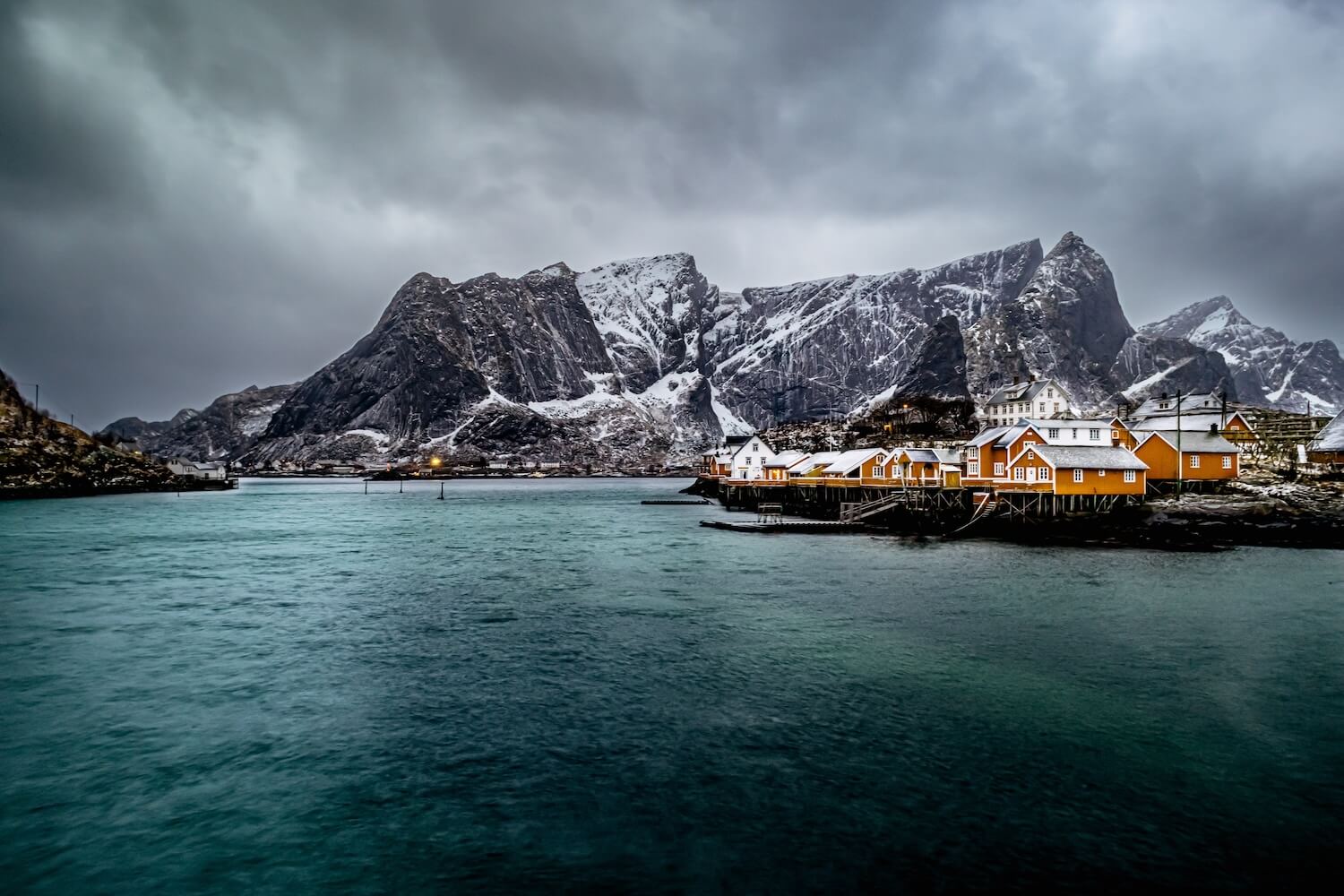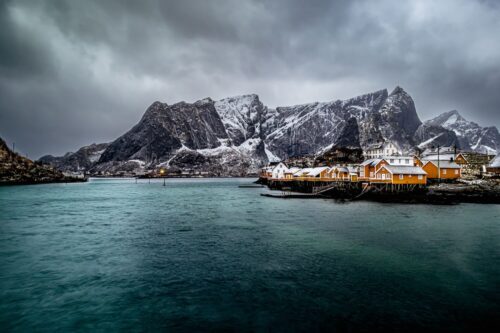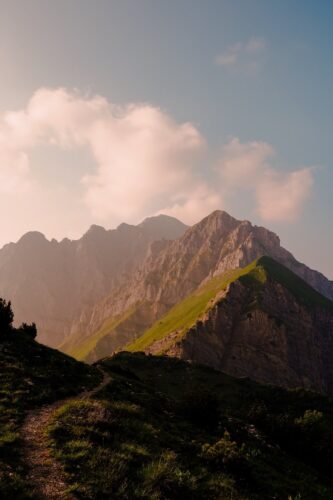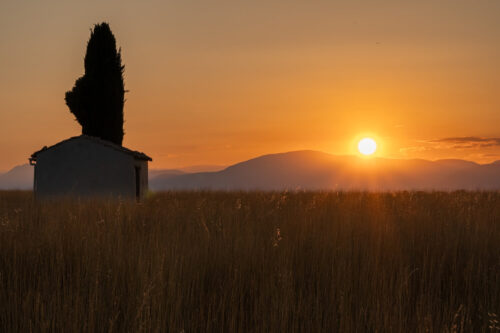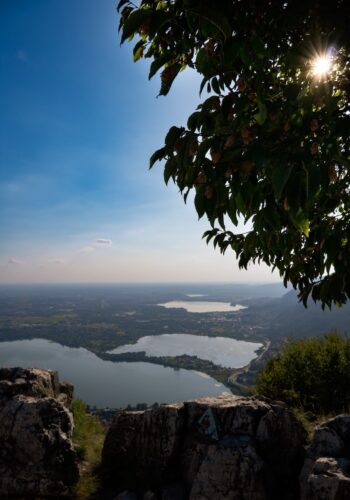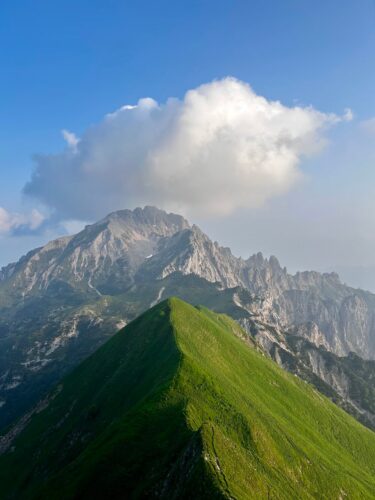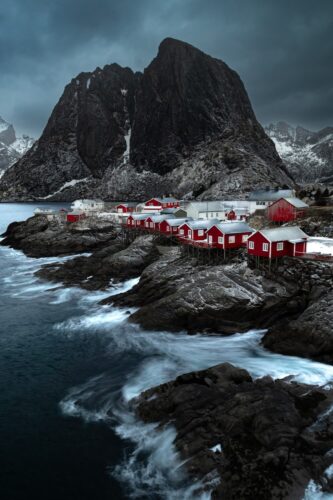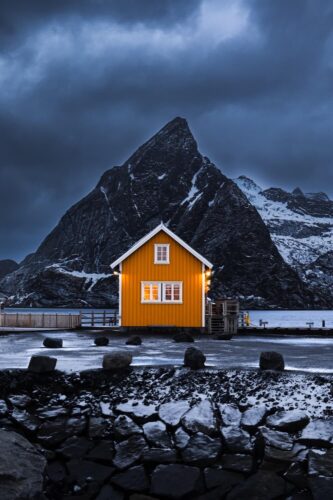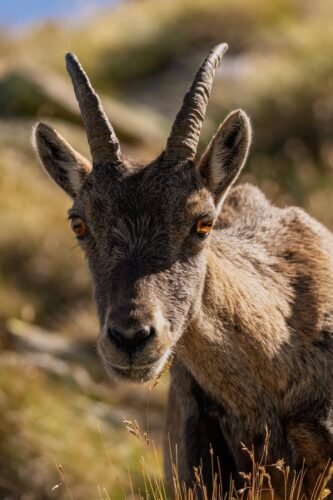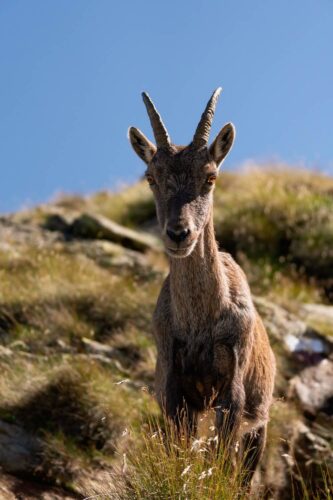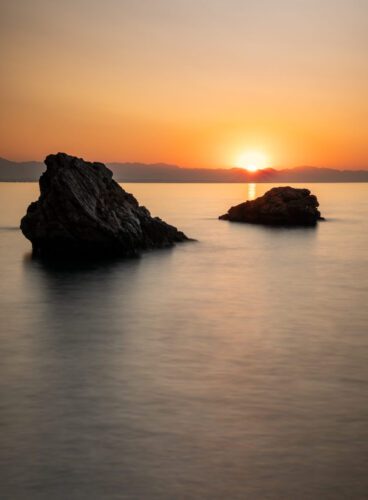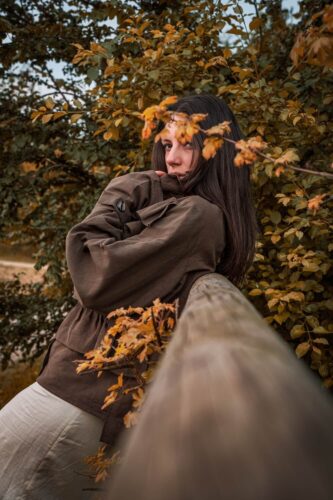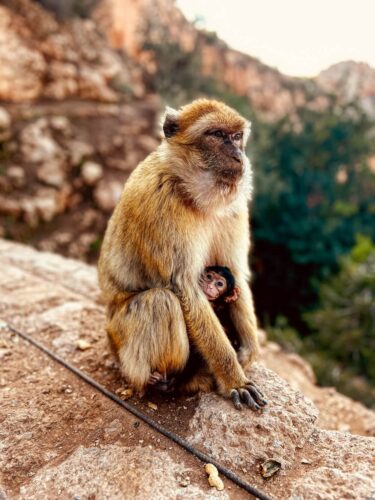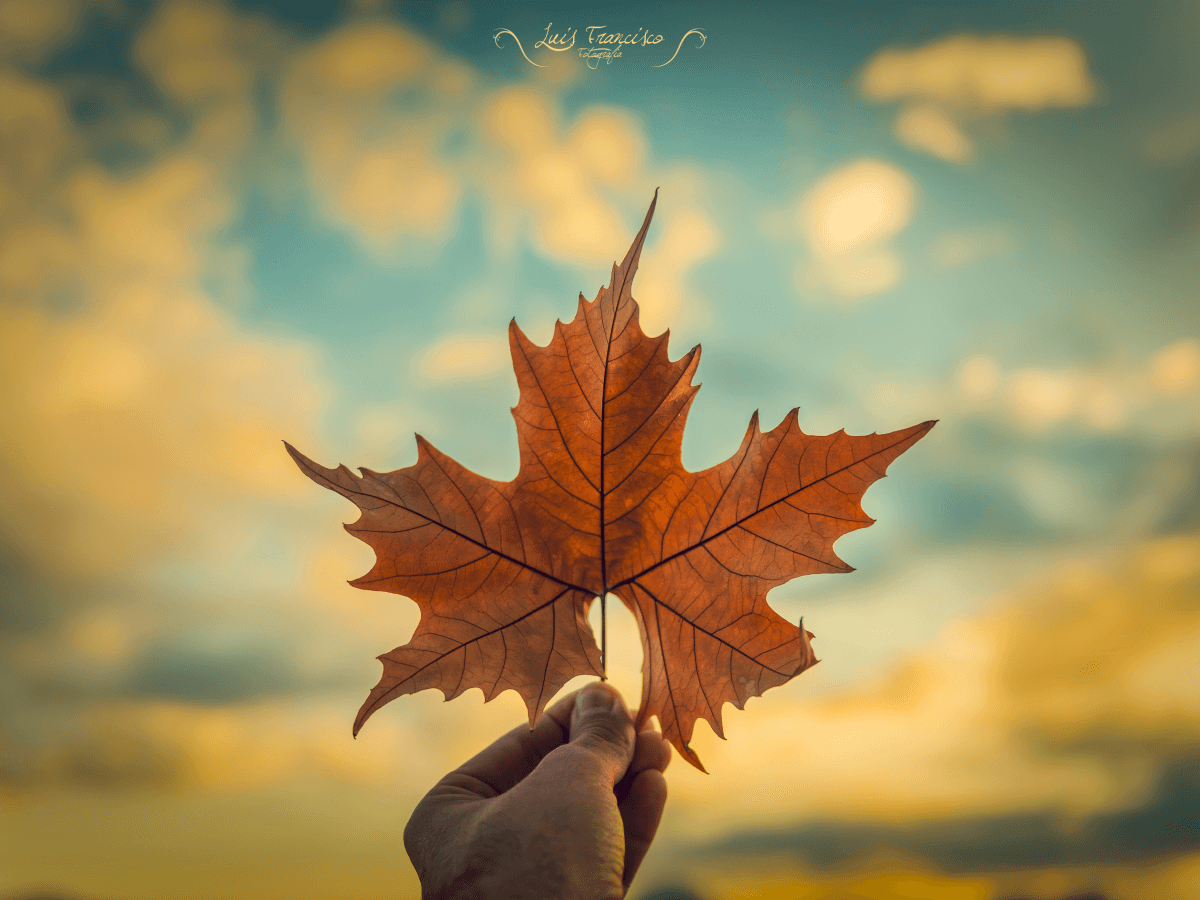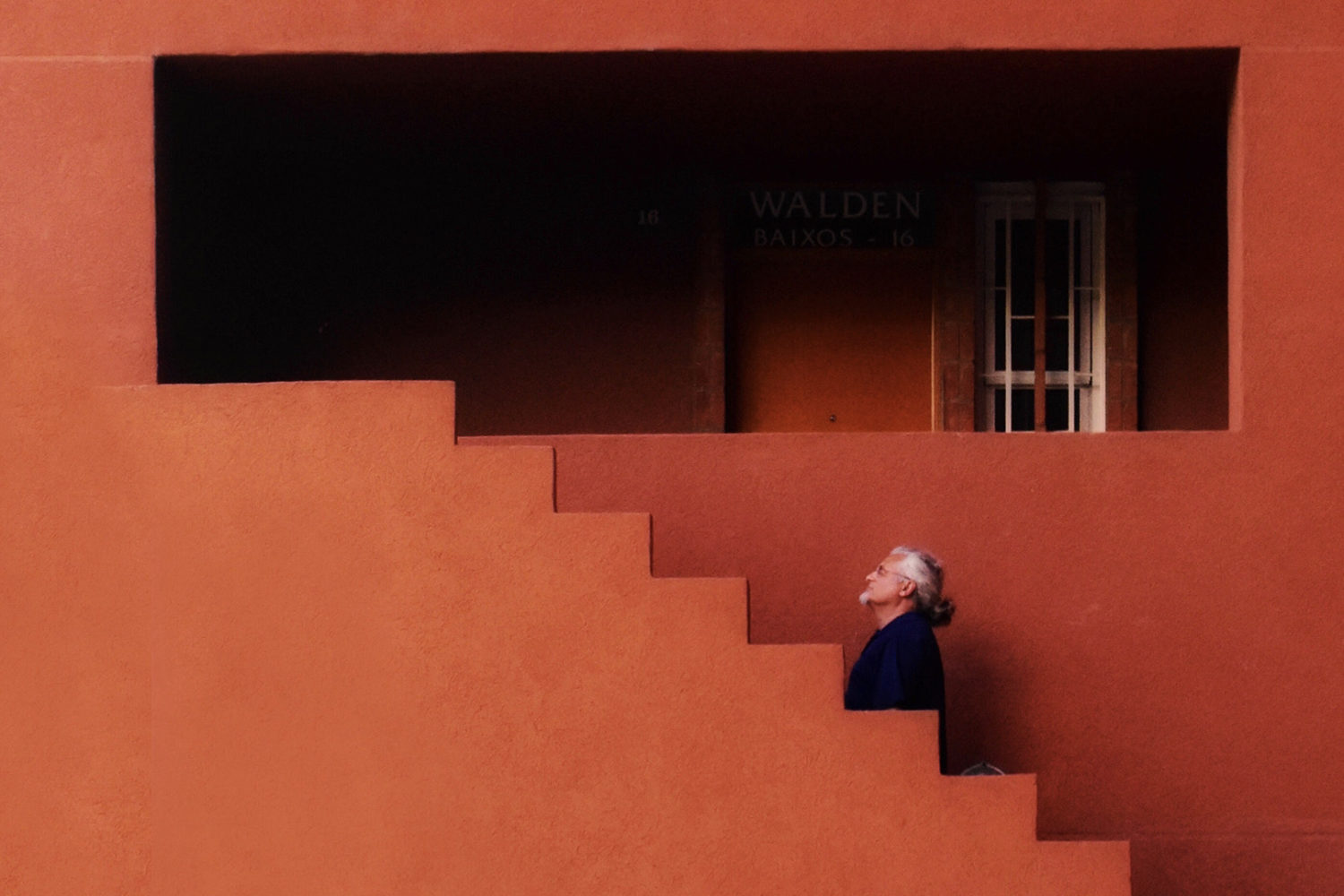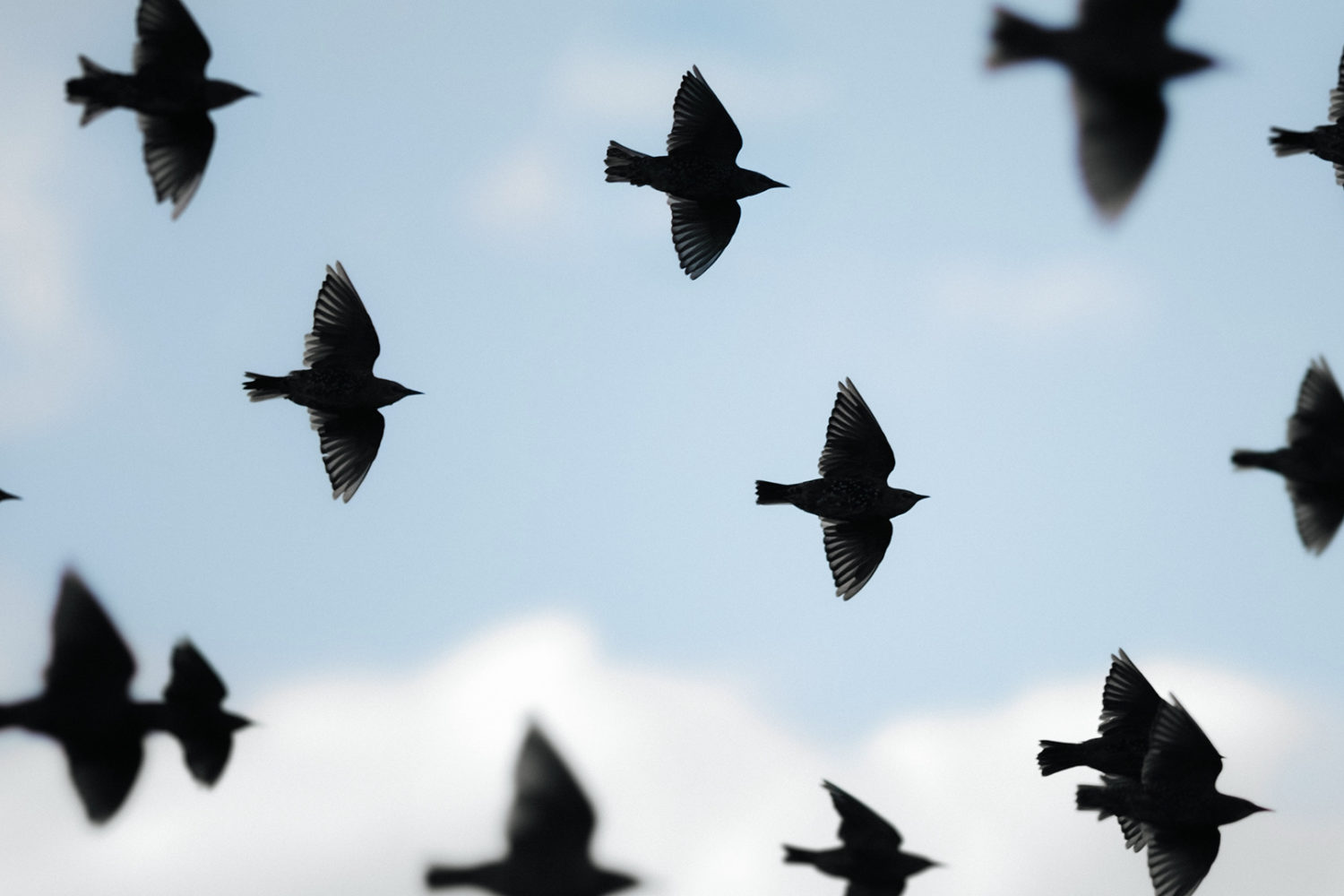Meet Andrea Gambirasio
A 26-year-old photographer drawn to landscapes, travel, and wildlife. With just a few years of experience, Andrea’s style is simple yet imaginative—blending what the eye sees with what the moment inspires. Though photography is still a hobby, their approach reveals a thoughtful creative process. Today, we’re exploring Andrea’s views on photography and where inspiration takes them.
The 500px Photographer Spotlight invites you to dive into the minds and methods of the incredible photographers who shape our community. Discover the unique journeys, creative insights, and inspiring stories behind the stunning photos we love.
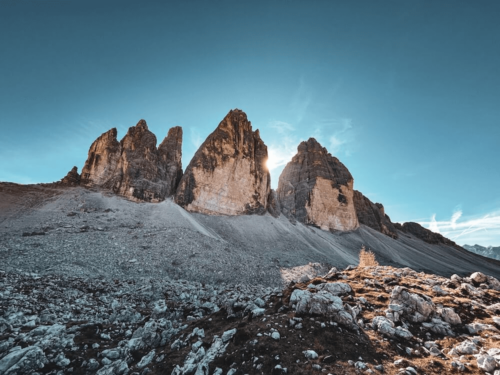
Andrea, do you remember the first time you thought, “I want to take photography seriously”? What sparked it?
Yes, of course. For a few years now, especially during trips, hikes, and vacations, I’ve been taking photos with my iPhone. Even though it has a good camera, I wanted something more—especially with some trips I was planning to take with my girlfriend.
That’s when I started looking for a camera to bring along. From there, a whole world opened up—made of lenses, sensors, shutter speeds, apertures, and technicalities—that completely drew me in.
My first camera was a Canon R100, Canon’s entry-level model, which I truly loved. It was small, compact, and intuitive. With it, I managed to capture some of my favorite photos. I’ve recently decided to replace it with a Sony, mainly because of the availability of lenses I really liked but weren’t compatible. It was truly a great travel mate.
What was the photographer’s learning curve like for you—self-taught trial and error, or more structured training?
Let’s say my learning curve was a bit like a roller coaster. I’m self-taught, and I like to experiment.
At the beginning, I would just play around with dials here and there without really knowing what I was doing. I watched different influencers on YouTube, TikTok and Instagram and followed their advice. I got influenced and ended up buying tons of lenses that I no longer knew where to store. I would travel with a bag full of gear and only two pairs of underwear. In the end, though, my photos were always pretty basic and lacked a clear sense of direction. After that, I decided to start watching serious tutorials and rely on solid books. Then, on that theoretical foundation, I began to experiment. From there, I finally started to feel satisfied with my photos.
Even though I know much more now than when I first started, there are still photos I don’t like or that don’t fully convince me, and I’m always looking for new information and advice to keep improving my technique.
How do you know when you’ve captured “the shot”?
That’s a great question. It depends. Sometimes I realize it right away on the camera display—the light and shadows are balanced, the subject is in focus, the shutter speed is correct, there’s no motion blur, and the composition works.
Other times, I only notice it once I download the images and start a post-production process where I try to give the photo the right direction. In any case, until I’ve downloaded the photos and can carefully check every detail, there’s always a bit of anxiety that I might have gotten it wrong.
What’s your ritual before heading out on a shoot?
I don’t really have a set ritual. Usually, I just grab my camera and look for a framing that I like, then I adjust the settings and start shooting.
Do you shoot with the final image in mind, or discover it later in editing?
Usually, before a trip or a shoot, I quickly go through images of the landscape, animal, monument, or city I want to photograph. Based on these, I form an idea and then mentally develop my project. So, let’s say I often already have the image in my mind before taking the shot. I love landscape photography, so before going out, I study the type of landscape and visualize the final image in my head. However, there are often many variables in landscape photography—from weather conditions to the time of day when the shot can be taken, to other people who might appear in the scene. As a result, the shot doesn’t always come out as imagined. Inevitably, in these cases, post-processing becomes necessary.
One of these cases was the coastal landscape of Hamnøy in Norway. I planned the trip in January and had already envisioned the scene I wanted to capture before departure. I had bought a wide-angle lens and a variable ND filter because I wanted to create a silky effect on the waves crashing against the rocks. For seven days, it rained nonstop, and the wind was terrible making the shot impossible.
On the last day, the wind finally calmed, and it had just started to snow. I was finally able to get my shot. I really liked the photo itself, even though the colors of the houses were muted by the gloomy weather. With some careful post-processing, I was able to bring my vision to life. To this day, I think it’s the shot I’m most in love with among everything I’ve taken.
Do you plan trips around the shot, or the shot around the trip?
Usually, I plan the shot around the trip. Although I have to admit, there are some trips I would take just to capture a “that shot”…
How do you find beauty in “ordinary” places others might overlook?
I have to say that nowadays, with social media, we’re encouraged to travel and go out looking for beauty and new experiences. The truth is, beautiful things are often hidden close to home as well. Since I also enjoy exploring and traveling, when I can’t do that, I try to appreciate what’s near me, sometimes focusing on details that many people might overlook.
Sometimes, all it takes is a drop of dew on a hedge, a beam of light hitting an object in a special way, a reflection in a puddle, a shadow, or a particular texture to create a new photograph that conveys the beauty of small things.
What’s the strangest thing you’ve learned about yourself through photography?
The strangest thing about me is that I’m willing to do anything for a photograph: standing in the cold for hours waiting for the Northern Lights, hiking for hours uphill to capture a mountain sunset, staying silently among grass and insects waiting for a roe deer or a stag to emerge from the vegetation, driving for hours up and down to photograph a landscape, or waking up at 2 a.m. to shoot the Milky Way or at 5 a.m. for sunrise.
But all that effort is rewarded when I open my computer, download the photos, and see that they turned out just as I had imagined.
Is there a subject or setting you’ll never tire of photographing?
Oh yes. Fortunately, I live in an area where the mountains are quite close. My favorite shot will always be the sunset reflected on the lakes between the mountain peaks. The colors of the mountain sky, the fresh, clean air filling your lungs, the scents and aromas of flowers, meadows, and damp rocks—this will always be a shot I’ll never stop taking.
If you could give advice to your younger self starting out with photography, what would it be?
The advice I would give to myself when I started photographing is this: don’t focus on the gear or on comparing yourself to photographers and photos you see on social media.
You can achieve great results even with basic equipment, without traveling to amazing places, simply by trying to capture the best in small things—focusing on the composition that suits the scene in front of you and making the most of the elements present to create a WOW effect.
Do you have a recent shoot or project you would like to share or promote?
I’m currently curating some of my favorite photos I’ve taken over the years and will be sharing them soon. I’ll also be traveling to South Africa for vacation… I’m hoping that I’ll be able to capture the shots I’ve planned and upload them to 500px as soon as possible.
Read more 500px Photographer Spotlight interviews: Olena Leliuk

